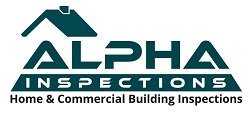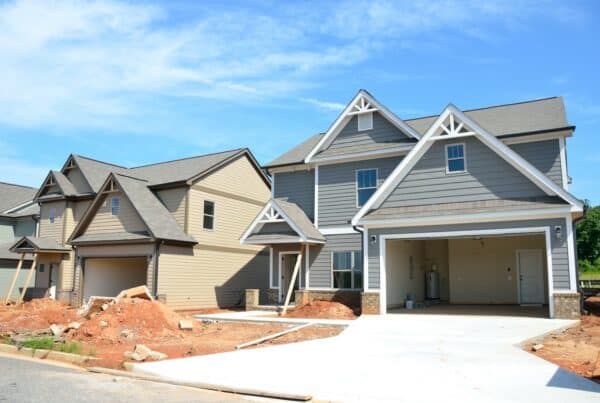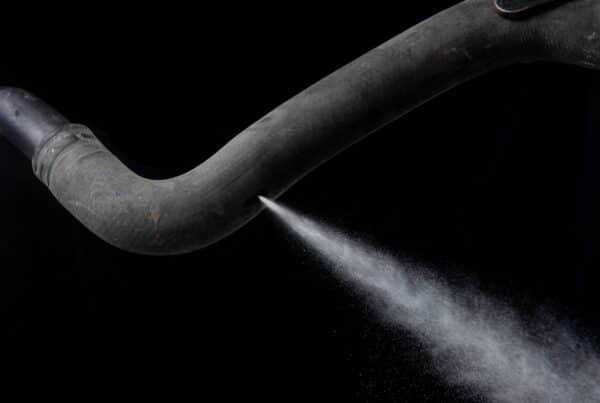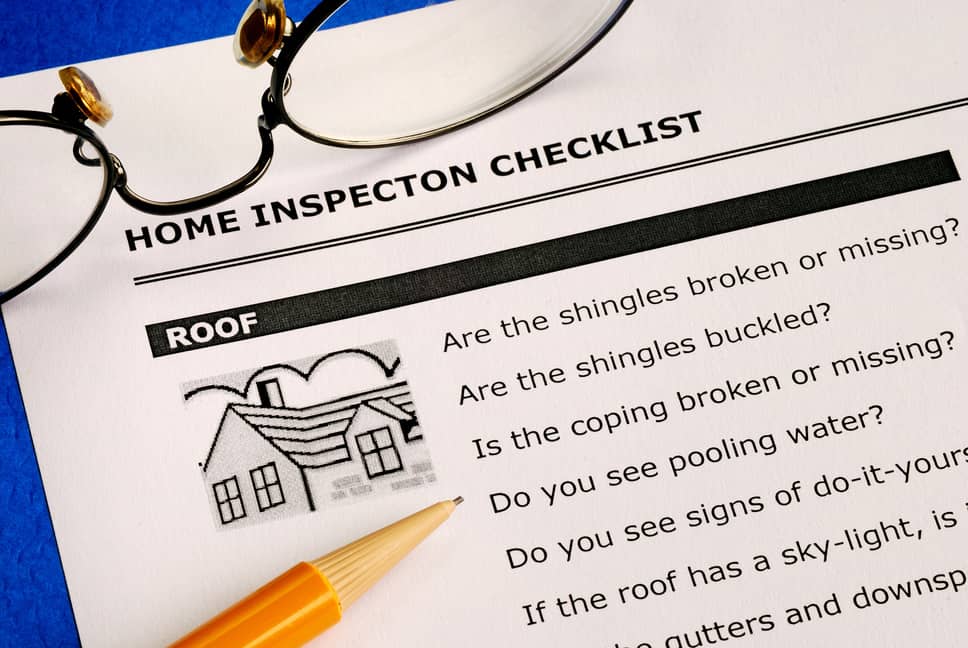
Whether you are buying a home or selling a home, the home inspection is a major piece of the transaction puzzle. Making sure that you are aware of what is being done during the home inspection is very important. If you are buying a home, you want to ensure that everything in the home is working properly, in top condition, and safe for your family. Understanding all of what’s involved allows you to ask the right questions while the inspection is being conducted. Do home inspections check for asbestos? Home inspections might identify asbestos in the home, but it’s not a key component for the inspector.
Let’s take a look below at the details involved with why a home inspector might not look for or notice asbestos during the home inspection process.
What Is Asbestos
Identifying asbestos during an inspection is very difficult to do. In most cases, you need a special microscope to confirm that the particles in your insulation or roofing materials contain asbestos. Asbestos is a mineral fiber and thus can settle as insulation sits over time. Samples must be taken in order to properly identify asbestos.
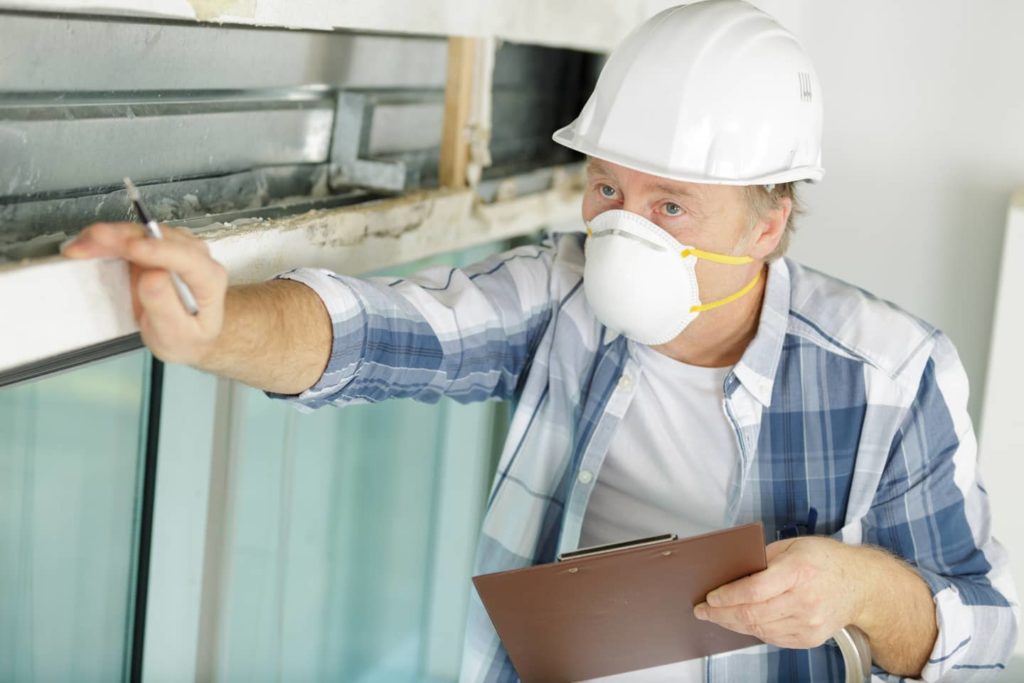
What Is Included With An Inspection
Believe it or not, the home inspection is pretty substantial. A home inspector will take between 2-3 hours to go over the home with a very detailed eye. In many cases, home inspectors will avoid areas where they are not considered an expert in as this removes any liability that might arise from their inspection. The following items below are standard of a home inspection:
- Plumbing – this includes your main sewer line, supply line, vent stacks, water heater, waste line, and drain lines.
- Electric – this includes your main breaker panel, wire conditions, and GFCI conditions.
- HVAC system – this includes your heating, cooling, distribution systems, thermostats, and air filters.
- Built-in-appliances – this includes all appliances built into your home.
- Attic space – this includes ventilation and insulation.
- Roof – this includes the drainage, flashings, and penetrations to your roof.
- Exterior – this includes your walkways, decks, porches, patios and main structure of the home.
- Garage – this includes the garage door, garage structure, and garage door openers.
- Basement – this includes any crawlspaces and basement areas.
- Fireplaces – this includes the fireplace, or any other type of heating element, such as a wood-stove.
- Thermal imaging – this is used to enhance the inspection with the use of thermal imaging.
- Safety hazards – this includes any safety hazard that shows up during the home inspection.
As you can see, a check for asbestos is not part of the home inspection.
Where Is It Typically Found
Due to the nature of asbestos and its features, being a fire retardant made people believe in its uses. Let’s take a look below at where you are most likely to find asbestos in a home.
- Pipes – hot water or steam pipes have been known to contain an asbestos coating or asbestos tape.
- Roofing – some shingles and a variety of roofing materials were made from asbestos cement.
- Paints – there were textured paints and some patching compounds that had been used in wall and ceiling joints. Luckily, they were banned in homes after 1977.
- Fireplaces – some artificial ashes and embers were used in gas-fired fireplaces and contained asbestos. Also, your oil and coal furnaces and door gaskets could have asbestos insulation in them.
- Flooring – the vinyl floor tiles and their adhesive backings could have contained asbestos.
- Insulation – any home that was built between 1930-1950 used insulation that might have contained asbestos.
- Home products – some stove-top pads were known to have an asbestos compound
- Walls – if you owned a wood-burning stove, it may have had asbestos paper, millboard, or cement sheets around the flooring and wall area to reduce heat absorption.
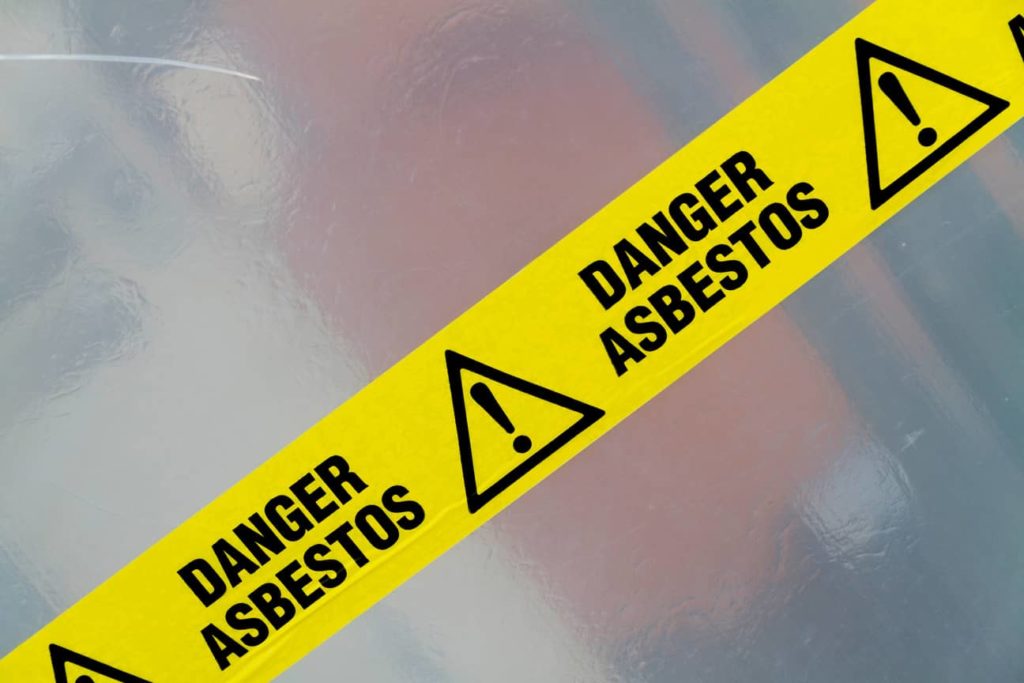
Who Do I Call
Keep in mind that calling on your home inspection team is the first step toward identifying asbestos in your older home purchase. However, you might want to reach out to one or both accredited asbestos professionals. Who are they?
- Asbestos inspectors – trained inspectors to review all structures in the home, and assess their conditions. When needed, they take samples of various materials in for testing. In addition, they can ensure that all protocols and procedures are followed by an asbestos contractor.
- Asbestos contractors – their sole position is to remove or repair any material that is found to contain asbestos.
To ensure your health and safety, you should not remove asbestos on your own. Even if you purchase all protective equipment. The moment the material containing asbestos is disturbed, asbestos particles could get into the air and cause further health issues for you and your family. Always, leave the asbestos removal to the professionals.
How Much Does It Cost
If asbestos is discovered in the older home, it typically appears in the insulation of the attic. Back in time, the insulation contained around 1 percent asbestos. Keep in mind, that the reason for asbestos to be included in materials back then was due to its increased value in heat absorption and fire-retardant properties.
Once you purchase a home and have discovered asbestos is present, you will need to have it removed. In most cases, the national average for asbestos removal ranges from $1,000 to $2,000 depending on the size of the space needing the removal.
Other Recommended Maintenance
Now that you have read up on whether or not home inspections check for asbestos. Plan to read up on what is involved before, during, and after a home inspection is completed. In most cases, just knowing what to expect from your local home inspection team can answer a lot of questions.
Next, go ahead and read up on what asbestos insulation in the attic might look like. As a homeowner, you will always want to be as up-to-date on your information as possible. Anything about the home and the home inspection should be known by the homeowner. Having this information allows you to make informed decisions about any future repairs.
Lastly, now that you are well versed in the home inspection side of things, this could be a good time to research the insurance side of things. All homeowners have some type of insurance for their homes. Buying a home comes with a lot of wants, needs, and responsibilities so make sure that you have the correct insurance in place.
Also remember that in some cases, your landscaping could be covered by insurance. Keep in mind, having all of the information ahead of time always makes the home buying process easier.
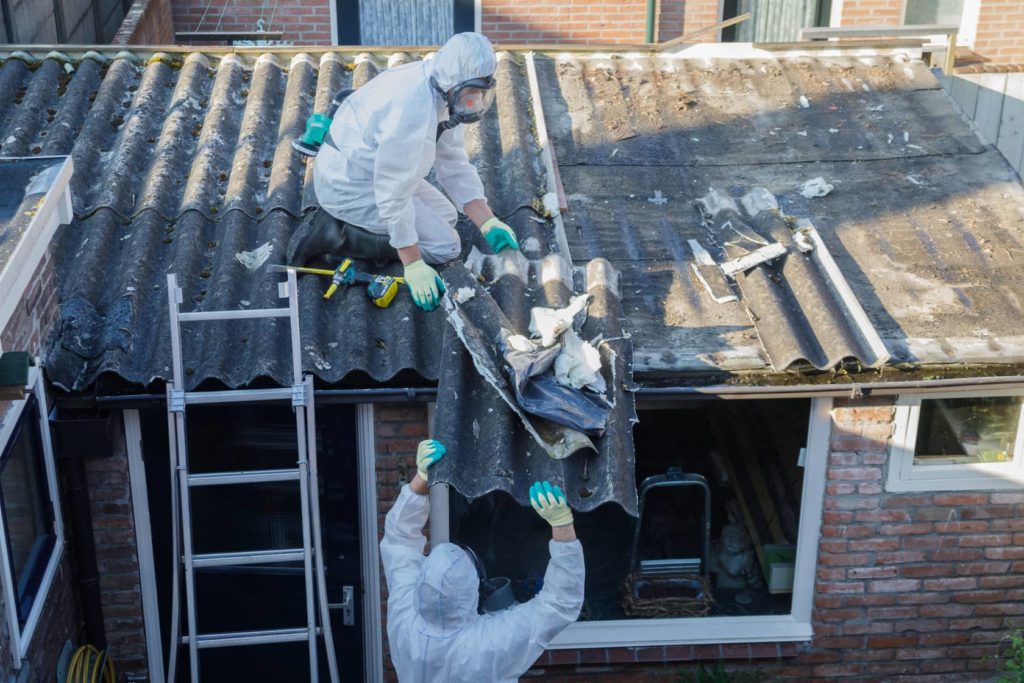
When Do I Call A Professional
Calling on a professional asbestos tester or asbestos contractor will give you peace of mind when buying an older home. Although your home inspection team will look at all of the home’s nooks and crannies, they might not be trained to immediately spot asbestos. Asbestos is typically identified with a special microscope. Even the most highly certified home inspection team could miss one asbestos in their inspection.
Conclusion
Protecting your family from exposure to asbestos is very important. When buying a home, you might want to have a home inspection company follow up with a professional asbestos tester or asbestos contractor. They can work together to ensure that any material used in the home prior to 1980 is free and clear of asbestos.
Not only should you protect your investment, you should also be protecting your family. If you aren’t sure who to call, use your local home inspection company. Call Alpha Building Inspections and they can help recommend a professional asbestos tester or asbestos contractor in Merrimack, NH, and surrounding areas.
